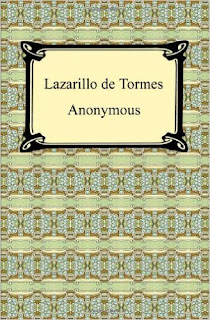Happy New Year 2017
It is the last day of the year and thus
time for the annual status on my blog.
I wish all my readers a happy new year. May
2017 be a better year than 2016.
2016 was a year where it was difficult to
be an optimist. I learned a new word: "nativism", which is about as
contrary to everything I believe in as is possible. Of course the concept is
not new, it has been around for at least two hundred years, but it has not coalesced
like this since the forties. When you travel as much as I do and see as many
people as I see it is really difficult to come to terms with the nativistic
mindset and telling people they are wrong seem to have the opposite effect.
However this is not a political blog, so I
can stick my head in the sand and focus on what I do here.
New Year is also anniversary time for my
movie project. Seven years down the line it clocks in at 368 movies plus a few
extra down the list and a handful of titles from the Danish edition. I am very
close to finishing the fifties (expect a post on that topic in a few days) and
a new decade beckons in the horizon.
In 2016 I watched and reviewed 54 movies
from the List, which continue the downward trend. I had expected to cover a few
more movies, but things did not turn out that way and a movie per week seems to
be the realistic pace for me. Alas, as I keep saying this is not a race. Also I
did watch and review a few movies off List.
The period covered in 2016 was 1955 to
1959, both years included and while I will return to the issue in my decade
concluding post, I can say that this was a most interesting period in movies
with high’s and low’s, of course, but interesting none the less. My excitement
with this project is unabated.
2016 was also the second year of my book
blog and after a rough start that project is now on track. My ambition of five
books per year from the List holds as I am now 10 books down. It does not take
a Ph.D. to figure out that it will take a medical miracle for me to complete
the List, but I have no intention of doing that. It is all in the process.
Followers of the book blog will however
have noticed that nothing has happened since October. That is not laziness on
my side, but due to the nature of the next book on the List. Gargantua and
Pantagruel is a brick ticking in at 1000 pages, which is okay, I do not mind
big books, but it is also a 500 year old comedy that is not funny. Ugghh. Going
is slow and it is likely to take me a few more month to get through that one.
Still, despite this late setback I enjoy
the book project as well, if nothing else then for that fascinating window into
times past.
I wish everybody a very happy New Year and
hope that you all will have a great time tonight. I certainly intend to.






